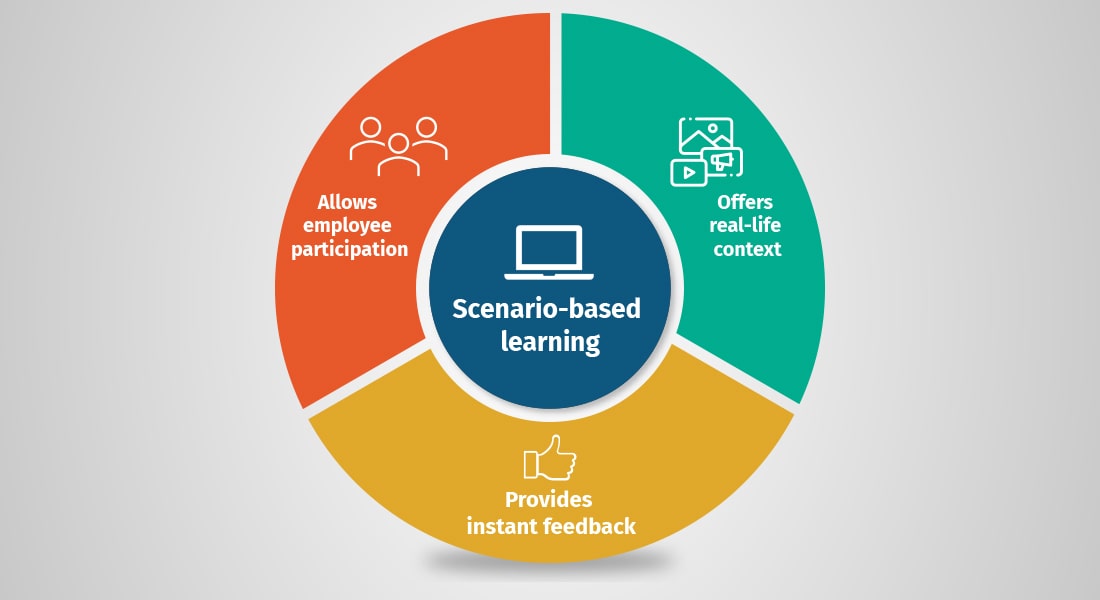4 Effective Ways of Presenting Scenarios in E-learning Courses

Effective use of scenarios goes a long way in making eLearning courses engaging. Apart from being fun, they help learners reach at a deeper level of understanding by making the learner a part of the scenario by placing themselves in a particular situation. Most importantly, scenarios are used to make information more practical and applicable to real life.
→ Download Now: State of Learning (Now and Beyond) [eBook]
Scenarios can be shown in various ways; however, you cannot use the same type of scenario for different learning points. Ideally, a scenario approach changes with the subject matter. In this post, we will go through 4 scenario types and see when and where to use them.
Search and Find:
As the words suggest, search and find is a simple yet effective way to induce learning. In this approach, you can create an environment that allows the user to examine a situation and then offer a solution on the basis of his findings. These scenarios are best used for subjects such as safety and hazards. For example if the subject at hand is food safety hazards, then you can use a scenario where you ask your learner to identify the food safety hazards in a kitchen.
For any kind of interactivity, Articulate Storyline is a dream tool with easy to use triggers and built-in templates you can create visually stunning scenarios. Let’s take a look at how you can present a search and find scenario, using Articulate Storyline:
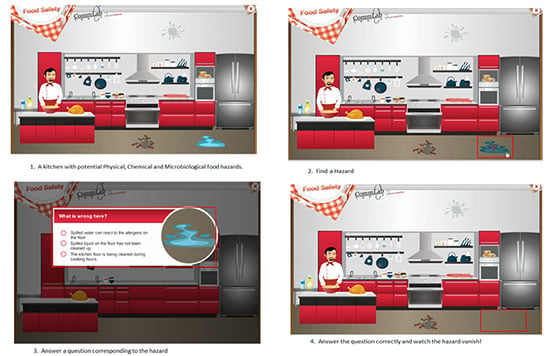
Explore and Learn
This is one of the most sought after kind of learning, where the learner is left free to explore different sections of the course. Such scenarios can be used for subjects that are not very complex. For example, if your subject is about new employee orientation then you can have an explore and learn scenario where the employee can freely navigate the course without any restrictions and learn about the organization’s goals and people. Take look at the example below, where the explore and learn approach has been used to orient a new employee of an organization. This kind of learning leaves a heavy recall impact on the learner.
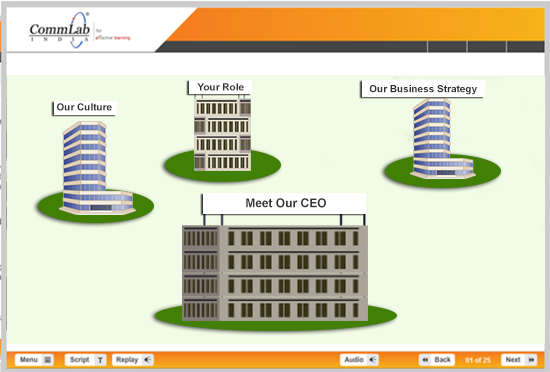
Knowledge Check Scenarios
At times, we find complex subjects that are quite simple to explain but hard to quiz on. If you fail to quiz your learner properly, then the learning process becomes ineffective. In such cases, you need to include a scenario to check the learner’s comprehension. For example, if your subject deals with anti-corruption laws, you can explain the different sections of the law easily. But, when it comes to assessing the learner, you can use the following approach where the quiz is framed from a scenario perspective.
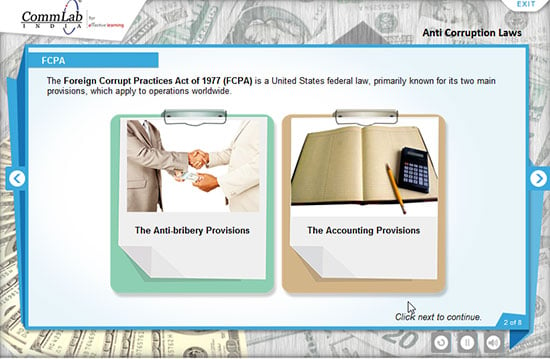
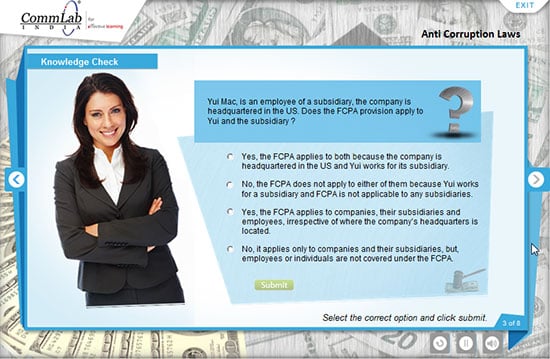
Branching Scenarios
These scenarios are ideal for subjects that can be easily related to real life scenarios. A branching scenario leads to different pathways. For instance if the learner clicks option A, he is led to a different path. If he had clicked option B, It would take him to an entirely different path. Branching scenarios can be used to test the learner on various real life parameters. Let’s take a look at an example, where the subject is making a sale and the scenario is that a sales man trying to close a sale. At regular intervals, the learner is asked questions, depending on the answer the learner chooses the sale closes or it doesn’t. Such learning can be easily remembered and applied to on-the-job situations.
Lectora is also an ideal tool for developing scenarios; here are a few templates from Lectora representing a scenario.
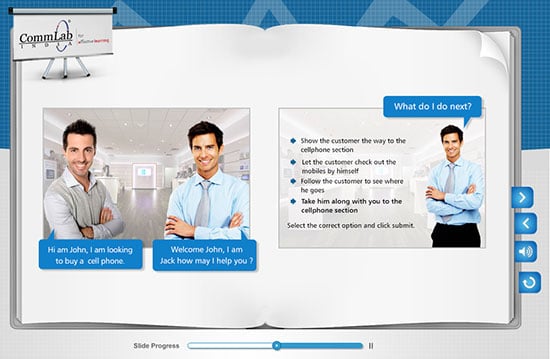
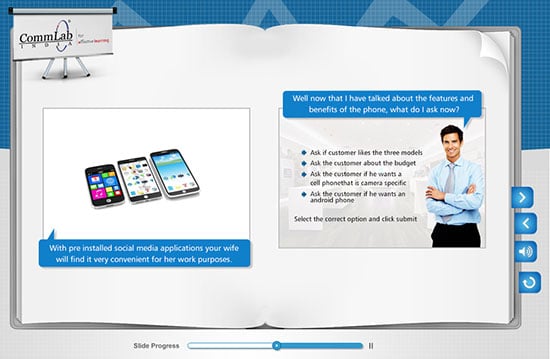
I hope this post has helped you in understand the importance of scenarios. If you have more fun and interesting ways of presenting scenarios feel free to post a comment.





